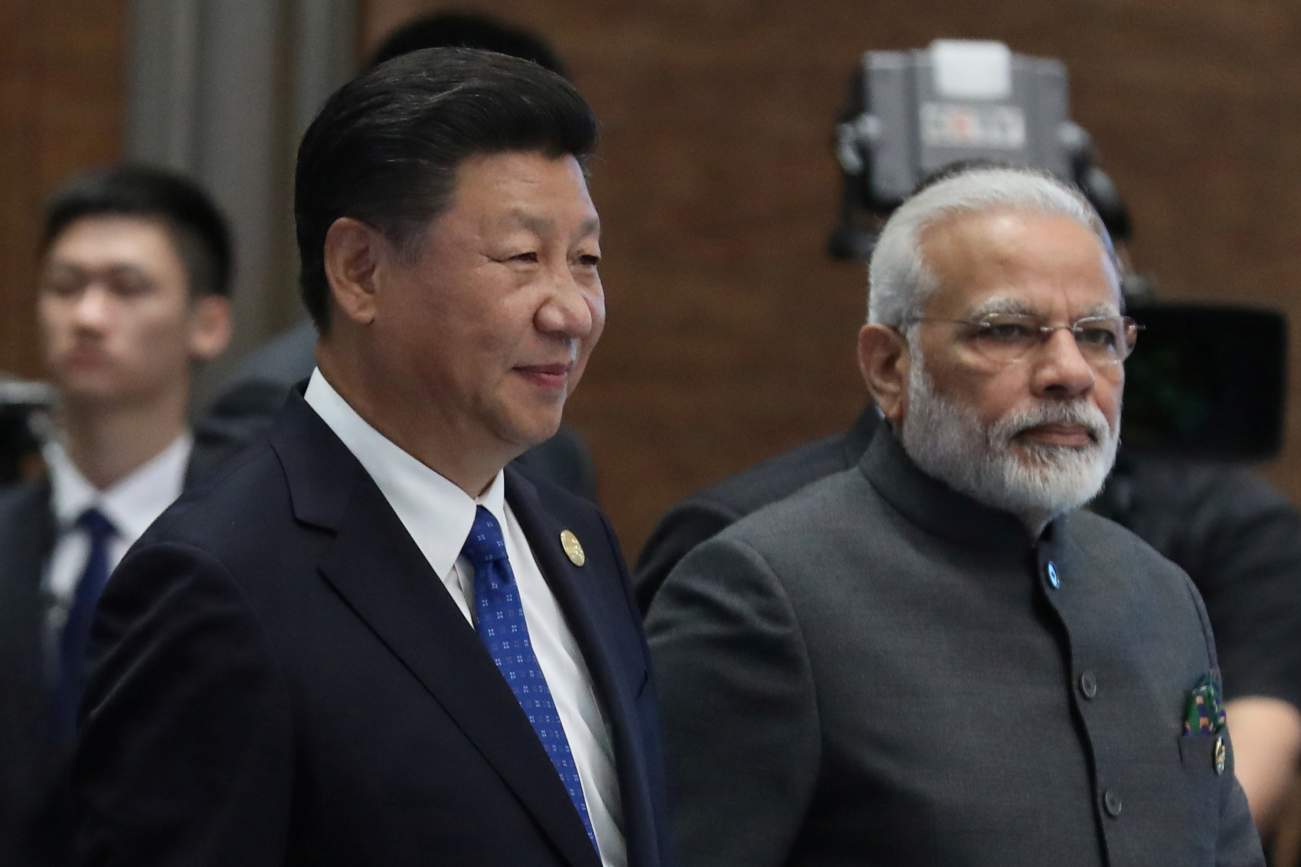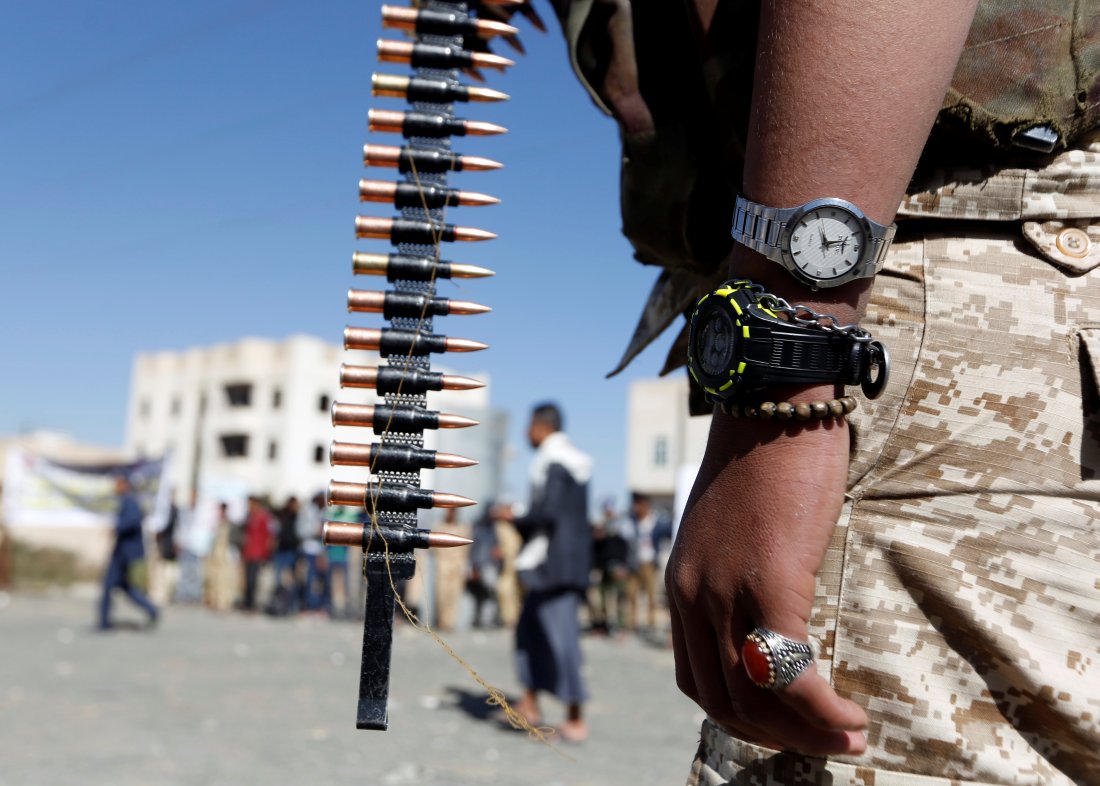Lt Gen Prakash Menon
 Had India and Pakistan not been nuclear powers, Kargil would have played out differently. What are the lessons it holds for the nuclear age?
Had India and Pakistan not been nuclear powers, Kargil would have played out differently. What are the lessons it holds for the nuclear age?
This is Chapter 6 (‘Kargil: Deterrence Perspectives’) of Lt Gen Prakash Menon’s book, The Strategy Trap: India and Pakistan Under the Nuclear Shadow.
‘Pakistan’s military establishment had entertained ideas of deterring Indian nuclear and conventional capabilities with its nuclear weapons and carrying out a brash, bold strike to liberate Kashmir which would go unchallenged if the Indian leadership was weak and indecisive.’ —The Kargil Committee Report
Kargil is separated from the Kashmir Valley by the great Himalayan range and is accessible through National Highway 1-A (NH-1A) via the Zoji La pass, which is snowbound from December to April. The Line of Control (LC) comes uncomfortably close to NH-1A as it emerges out of Zoji La and dips southwards close to Drass at a height of 5,353 m, from where it runs almost parallel to the NH-1A, till Kargil town. In mid-1999, the LC in proximity to Kargil played host to a limited India–Pakistan conflict.









/arc-anglerfish-arc2-prod-mco.s3.amazonaws.com/public/VVULSTAVWBHGDLLUAVMDE6UCKI.jpg)
/arc-anglerfish-arc2-prod-mco.s3.amazonaws.com/public/I2CWHLTNWNAKDJ5HM3CEHKPZBA.jpg)
/arc-anglerfish-arc2-prod-mco.s3.amazonaws.com/public/SHD5VPEC5RH4VBQ4T4A6NIL2QI.jpg)

